Why we love others’ tax loss selling
In June, Claude and I published articles on A Rich Life and Livewire, that looked at stocks that we believed could have fallen to tax loss selling, and therefore might experience a ‘bounce’ in the weeks that followed 30 June. With nearly 6 weeks passed now since the end of the financial year, I decided to check in to see how they performed, and provide a current view.
Despite owning two of the three stocks I wrote about, I was rather surprised to see just how much they’d rallied – an average of 26.2% since publication*. I’ve included the three stocks Claude wrote about on A Rich Life, too (PWR Holdings featured in both of our articles), for a total of five stocks.
| Stock code | Company name | Return since 30/6 | Return since publication |
| ASX:REH | Reece | -1.1% | -17.2% |
| ASX:IPG | IPD Group | 20.1% | 22.2% |
| ASX:PWH | PWR Holdings | 21.5% | 28.0% |
| ASX:KME | Kip McGrath | 0.0% | 46.2% |
| ASX:CHL | Camplify | 37.9% | 51.7% |
| Average | 15.7% | 26.2% |
Note: For PWH, which appeared in both articles, I’ve used the date of publication of the A Rich Life article (18 June). If the publication date of the Livewire article (25 June) was used instead, the average would be 27.1%. End-price used was the close price on 12 August 2025.
So, thesis confirmed, right? Tax loss selling is a thing and we should all buy beaten up stocks next June? Well, maybe not.
Any simple analysis like this is bound to be fraught with luck and randomness, especially given the very small sample size. So, let’s have a look at the specifics for each company before we shout too loudly of the approach’s success.
Reece (ASX: REH)
This is the one outlier of the group that failed to produce a positive outcome. Most of the falls happened before 30 June, but there’s not been any significant recovery since then, as shown below.
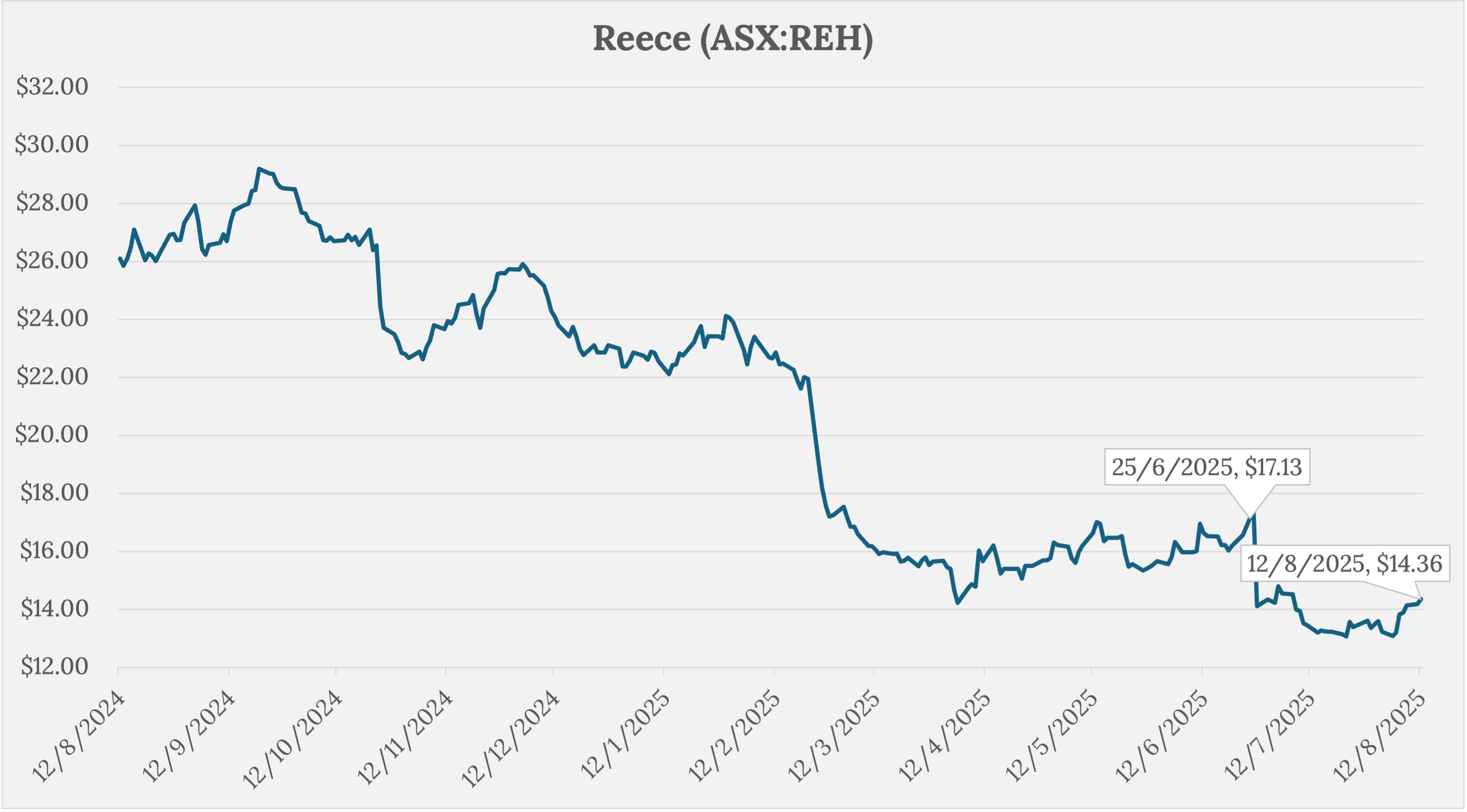
If you read my earlier article, you may remember that I concluded my section on Reece with the following:
“For patient investors, current prices could offer an entry point, though I would absolutely not rule out further falls.”
If you read it soon after it was published though, you may have missed the update I added a few days later:
“Update: 'Further falls' appear to have come even sooner than I expected, with a trading update released today (27 June 2025)… I don't know whether this downgrade and sell-off will mark the bottom for REH (I doubt it though), and I'm not rushing to buy the shares. But I'll continue to watch closely for the right moment to enter.”
So has that moment come? Not quite, but I think we’re close. The trading update did not paint a pretty picture. But recent ABS data shows Building Approvals rising, along with Dwelling Commencements. Dwellings Under Construction have just ticked up, though it’s too early to say whether the trend has changed, and Dwellings Completed continues to fall.
All this is to say, there are early indications of a recovery in housing construction, but it’s not unequivocal yet. If the next data releases from the ABS show further improvements in Approvals and Commencements, and the tick-up in Construction is more than a blip, it might be enough to get me to change my mind.
IPD Group (ASX: IPG)
This one is interesting in that I think it’s the clearest example of tax loss selling. It staged a solid recovery after bottoming in late June, but no news has been announced since then. A single data point doesn’t tell us much, and it could simply be random noise. But in the absence of any better explanation I’m inclined to chalk this one up as a win for the thesis.
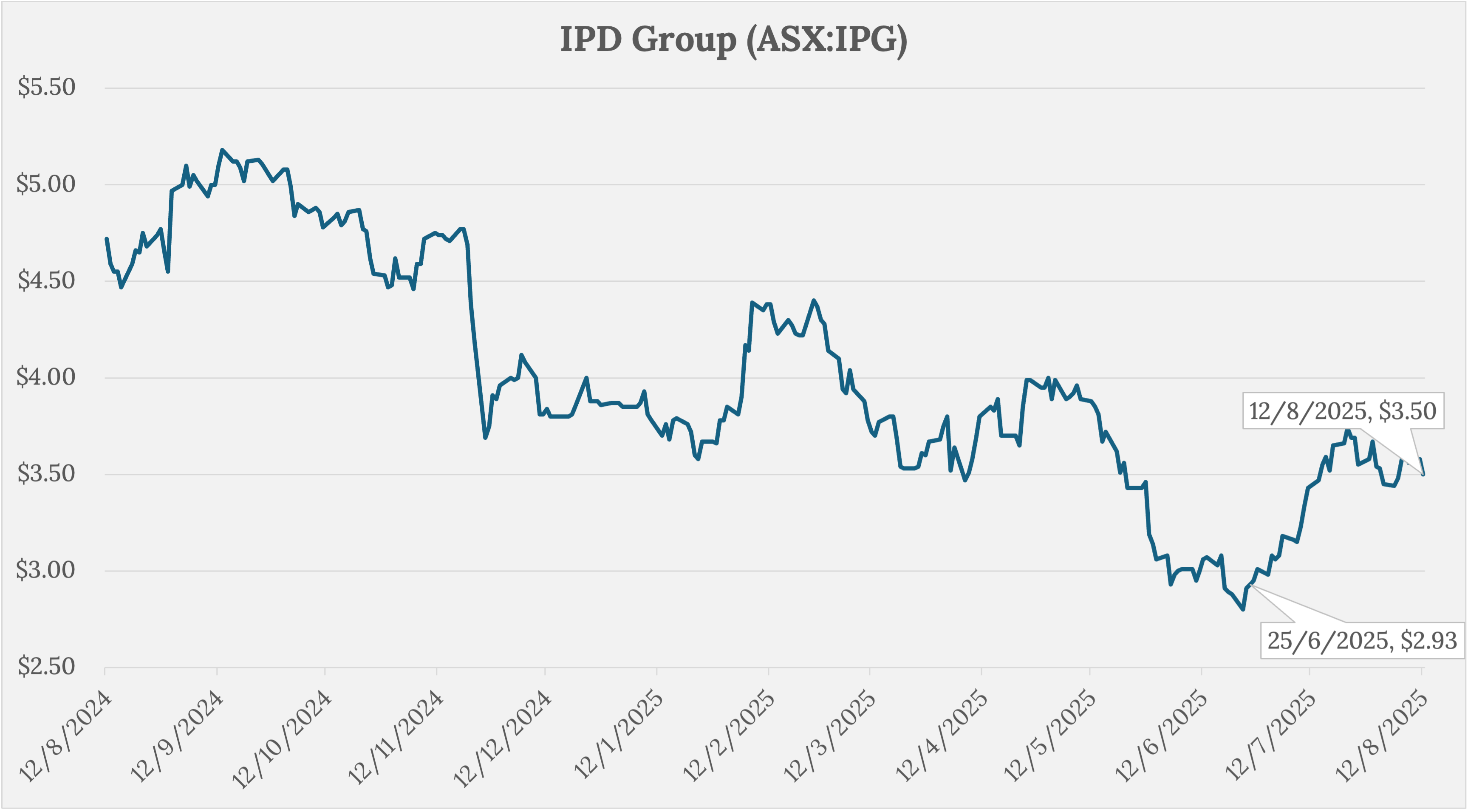
My view on the company longer term hasn’t really changed much. The company downgraded earnings in late May, and as Claude explained in an article originally published for A Rich Life Supporters (now free to read), it looks cheap on FY25 earnings – though less cheap after the price recovery. But a history of sell offs before announcing a downgrade doesn’t leave me with great confidence.
I like cheap companies with industry tailwinds, but I’ve got this one on a short leash. If I’d bought it purely for the EOFY trade, I’d definitely be taking profits at these levels.
PWR Holdings (ASX: PWH)
This is another one that I think we have to chalk up to tax loss selling. The rally started a little before 30 June, but there were no other developments that one could easily assign this performance to.
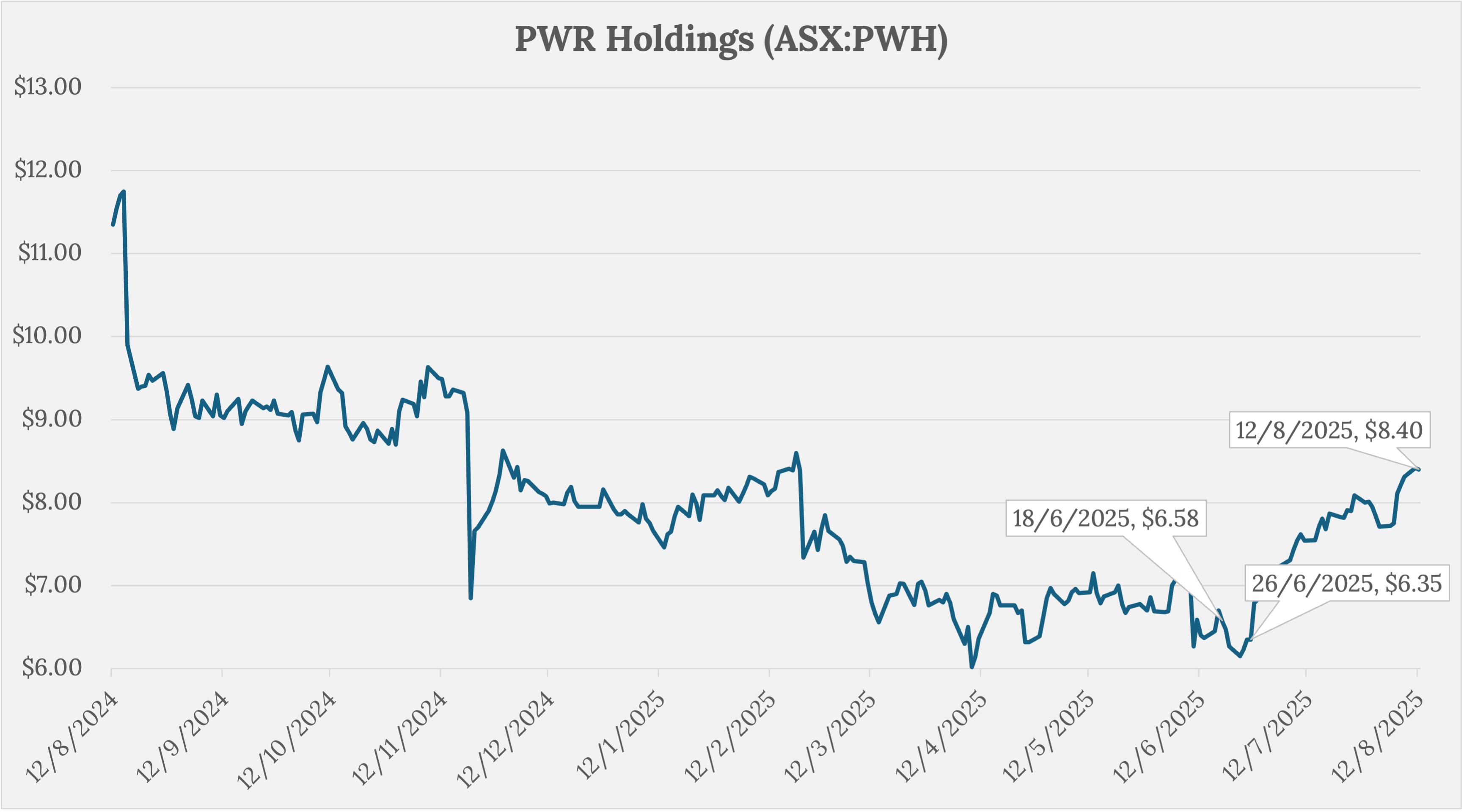
There was an announcement on 24 July that founder Kees Weel will be returning to his role following a medical absence, sharing responsibilities with acting CEO Matthew Bryson for the time being. However, he will be moving to a Non-Executive Chairman role later in the year, with the Board searching for a permanent CEO in the meantime. But the timing doesn’t line up, and I’d be very surprised to see it cause such a rally even if it did.
My view on PWR Holdings is positive (I own the stock) over the long term, for reasons I laid out in my earlier article. That hasn’t changed, but the price is a little less attractive than it was. Like with IPD Group though, if I’d just bought it as an EOFY trade, I’d be taking profits now.
Kip McGrath (ASX:KME)
Despite the strong performance of Kip McGrath since Claude published his article on A Rich Life, I think we can very confidently say this one had nothing to do with tax loss selling.
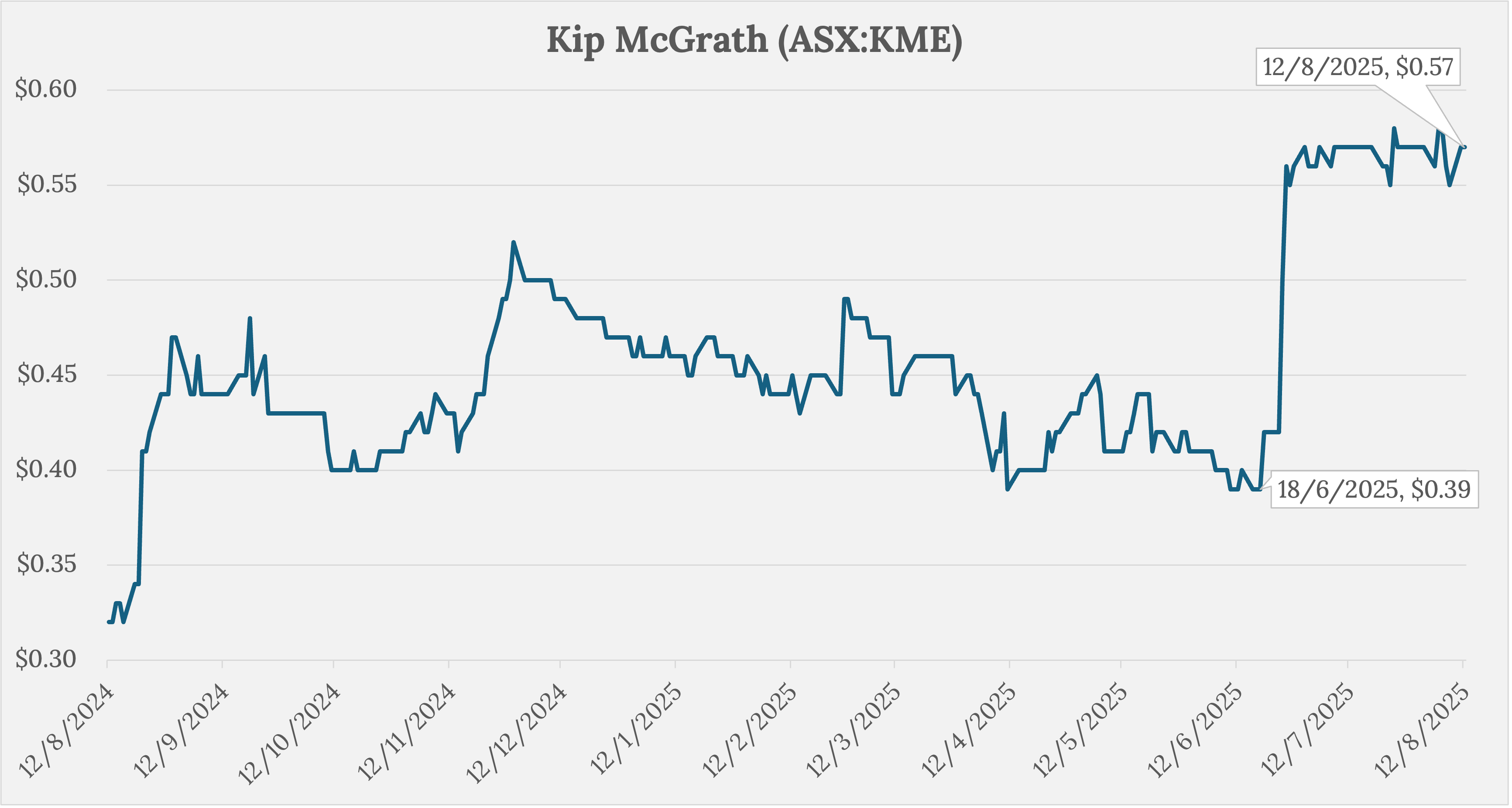
The rally perfectly coincides with a release of a trading update on 24 June 2025, which also added that KME would be exiting its US operations and wearing a markdown. Given the operating losses associated with that business, its closure can only be a good thing for KME shareholders.
Following the rally, Claude sold part of his position in KME (which was shared with Supporters via his weekly portfolio disclosures in early July), but he remains a holder today. Given this isn’t a company I own, I asked Claude to provide a quick note on his current views, which I’ve copied below.
“The new Chairman made some changes, and this moved the price before the end of the financial year. That was good luck for me, but I'll take it. The long-term trajectory will depend on the new CEO making better capital allocation decisions than the last.”
Camplify (ASX:CHL)
This one is a little hard to judge as to whether it was a victim of tax loss selling, or a beneficiary of a bounce. While there was a significant move in July, it was quite some time after EOFY. However, there were no announcements from Camplify that would explain the move, and the stock is extremely illiquid, so I’m going to cautiously label it as another success for tax loss selling.
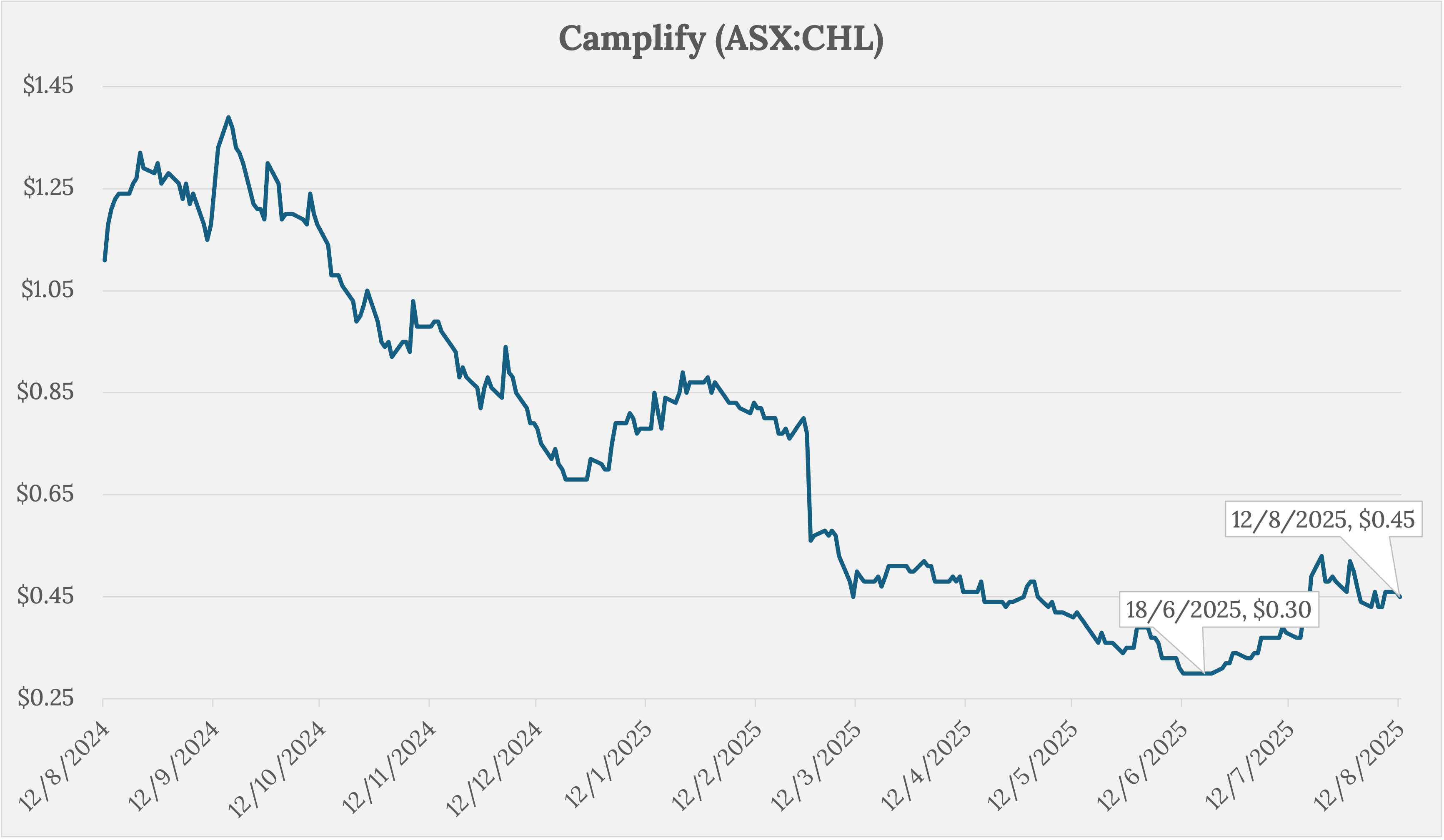
Source: Google Finance (price data), author (presentation).
And when I say illiquid, I really mean it. The sum of all the visible offers on the ASX (per CMC Markets) as I write this is less than $100,000. There have been quite a few days since the article was published on A Rich Life where less than $5,000 worth of shares have changed hands.
I don’t follow Camplify personally, and I don’t intend to change that. When Claude wrote his article covering it, he described it as a “dirty dog of a stock” and noted that any purchase of the stock would be a “cynical and speculative trade”. While he didn’t trade the company following the article and does not own shares, I imagine anyone who did pick up Camplify shares as part of an attempt to benefit from tax loss selling induced lows would have taken profits already.
Results
By my assessment, of the five companies discussed, we’ve got three which appear to have seen a sell off before EOFY, and a rally that followed. In the other two instances, individual company news had an impact that made it impossible to assess.
Our sample is far too small to draw any strong conclusions from. For the statistically minded among the audience, this would account to an R² of 0.6 (p-value ≈ 1.0). For those who don’t speak statistics, that translates to “entirely useless but mildly entertaining”. Actual researchers who have done real analysis on this topic have found an effect, both in the US and Australia.
I do think there’s a valuable lesson in these examples though – tax loss selling and EOFY lines up with ‘confession season’, and a trading update can move stocks a long way depending how it compares to expectations. If I were attempting to trade tax loss selling, I’d try to diversify across more than five stocks, or better yet, ensure that they were companies I wanted to own anyway.
While we do like to explore interesting ideas and trades like these at A Rich Life, our bread and butter is high quality, long-term, buy-and-hold small caps. We reserve our Official Recommendations for Supporters, but Livewire readers can access this article about an attractively priced small cap with industry tailwinds, free of charge.
Disclosure: Patrick Poke and Claude Walker both own shares in IPG, Claude also owns shares in KME, and Patrick also owns shares in PWH. Neither own shares in CHL or REH. They will not trade shares in any of the companies mentioned for at least 2 days following the publication of this article. This article is not intended to form the basis of an investment decision and is not a recommendation. Any statements that are advice under the law are general advice only. The author has not considered your investment objectives or personal situation. Any advice is authorised by Claude Walker (AR 1297632), Authorised Representative of Ethical Investment Advisers Pty Ltd (ABN 26108175819) (AFSL 276544).
2 topics
5 stocks mentioned

